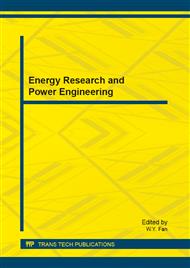p.395
p.400
p.406
p.411
p.418
p.423
p.432
p.438
p.443
Influences of Initial Forward Speed, Ground Stiffness on Seat-Belt Restraint Effectiveness in Rollover of Engineering Vehicle
Abstract:
A simulation model of a certain wheel loader is established to assess the restraint effectiveness of seat belts in 90° rollover accident along slope. The restraint effectiveness of seat belts for 95th percentile human body models are simulated which wearing lap belt, three-point belt and harness at a certain speed, and the influences of initial velocity and ground stiffness are analyzed. The results show that under a certain forward speed and same ground stiffness, wearing the harness can make the operator completely restrained in the operators seat comparing with the other belts, the head excursion is smallest, and it can reduce the risk of the head striking hazardous features of the cab interior. Under the same restraint system, the dummy's injury risk is inconsistent with change of initial speed. The harness can all provide the best restraint for the operator under different forward speeds and ground stiffness.
Info:
Periodical:
Pages:
418-422
Citation:
Online since:
July 2013
Authors:
Keywords:
Price:
Сopyright:
© 2013 Trans Tech Publications Ltd. All Rights Reserved
Share:
Citation:


